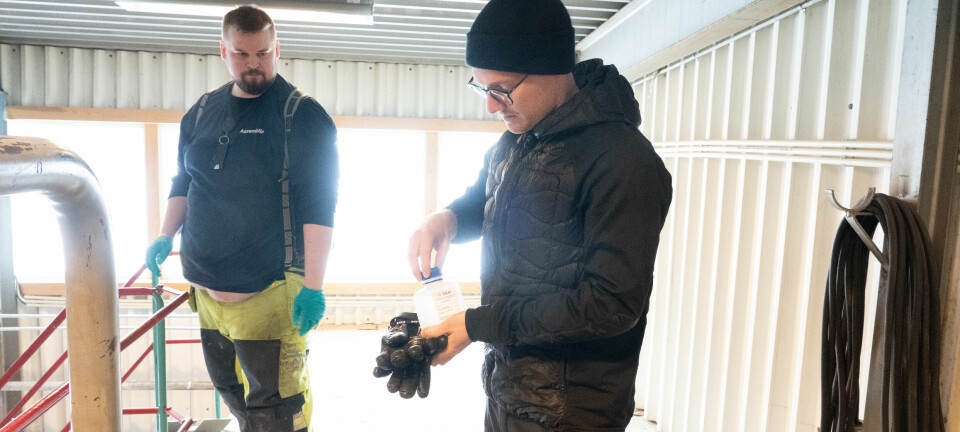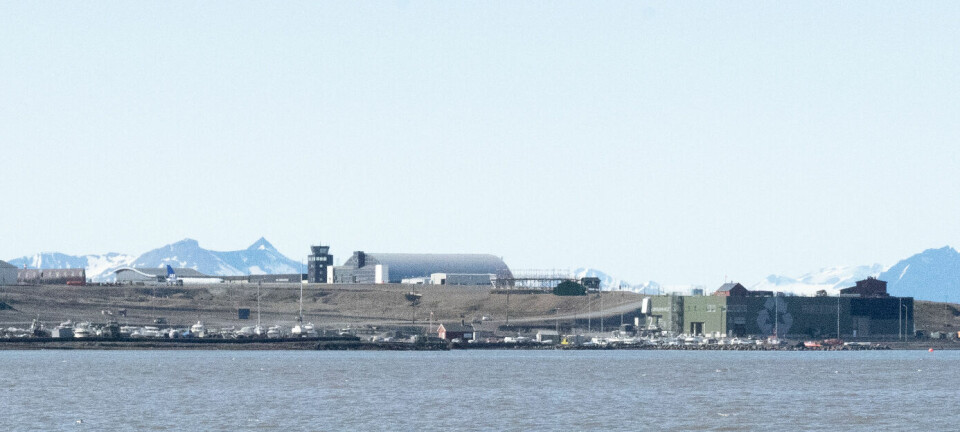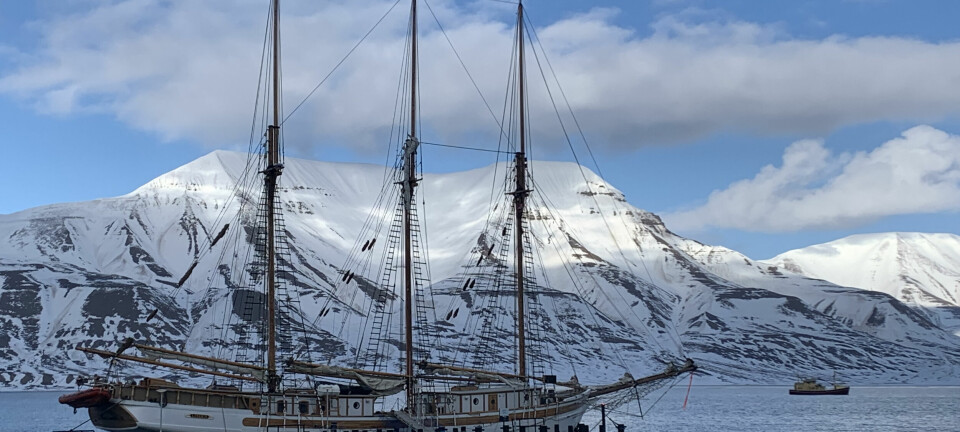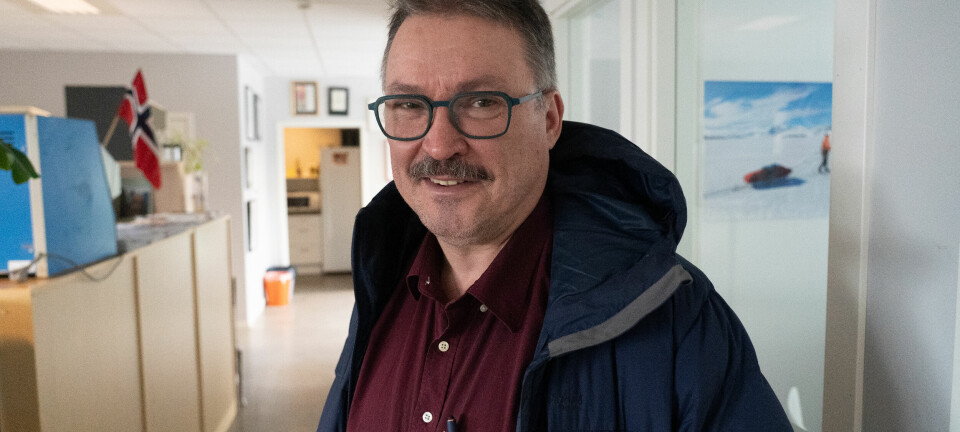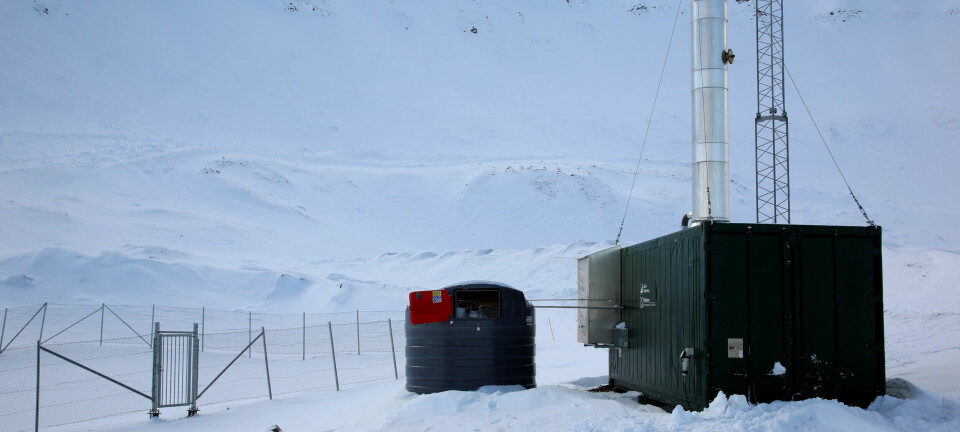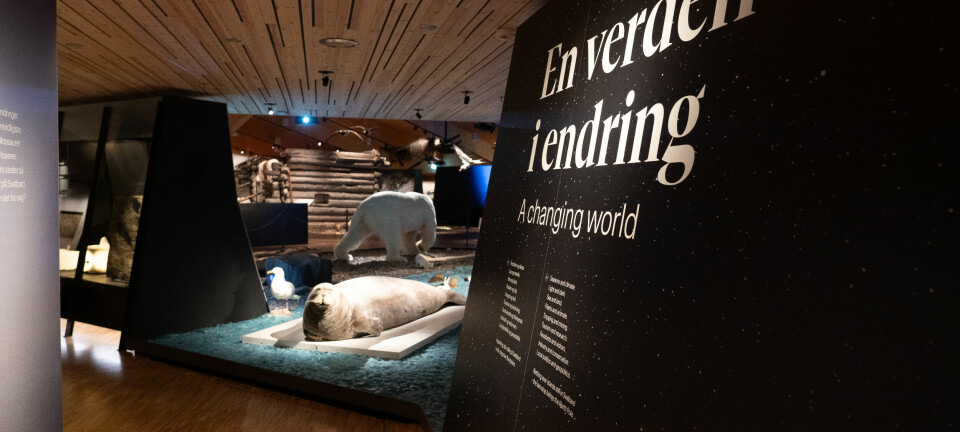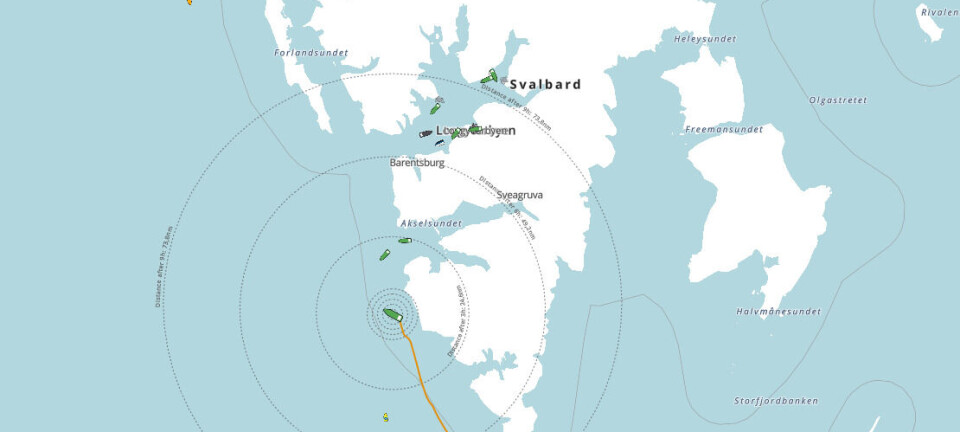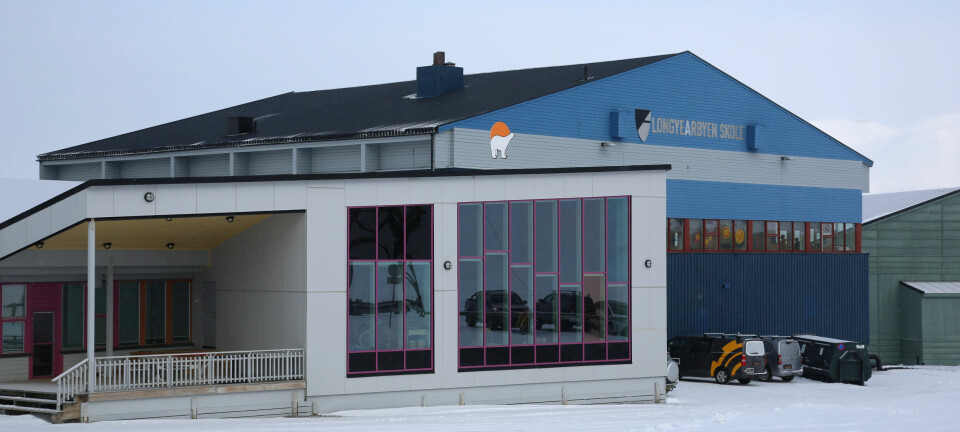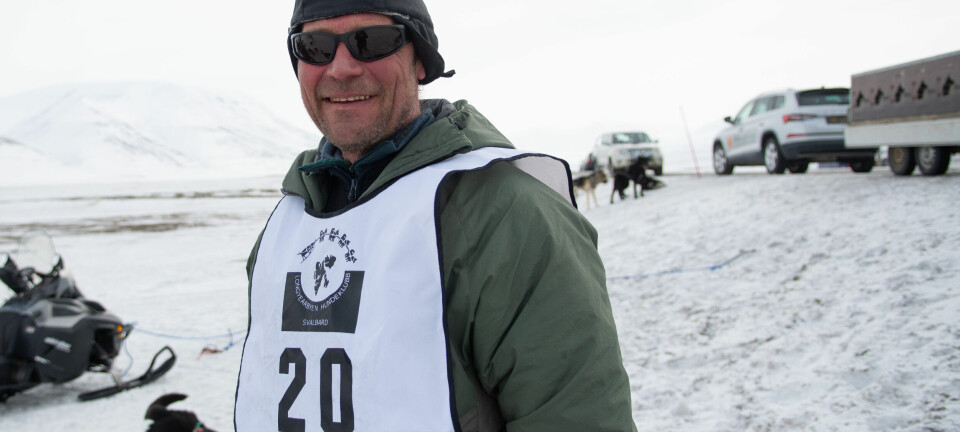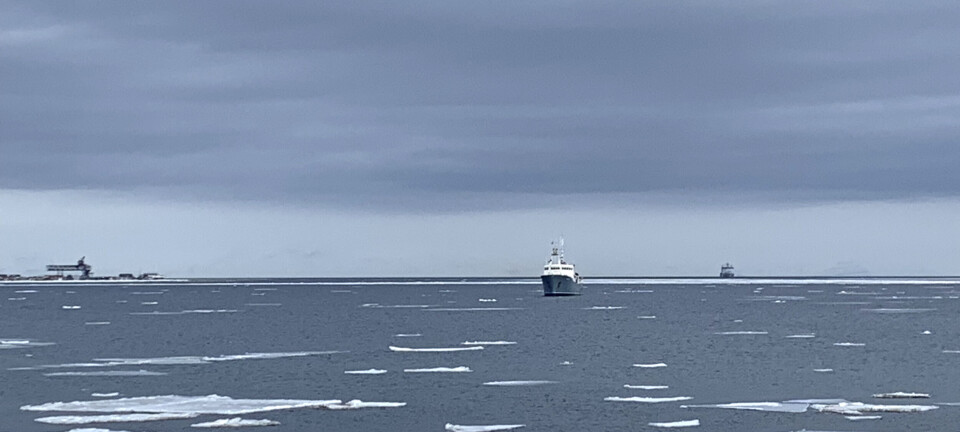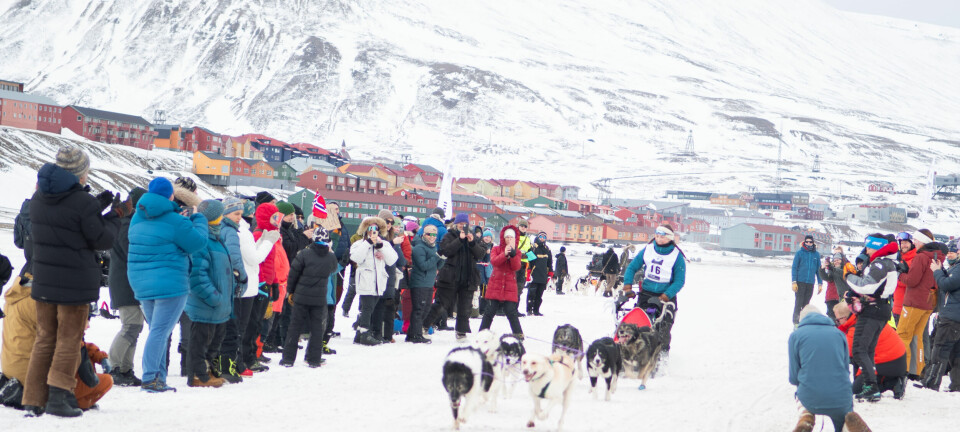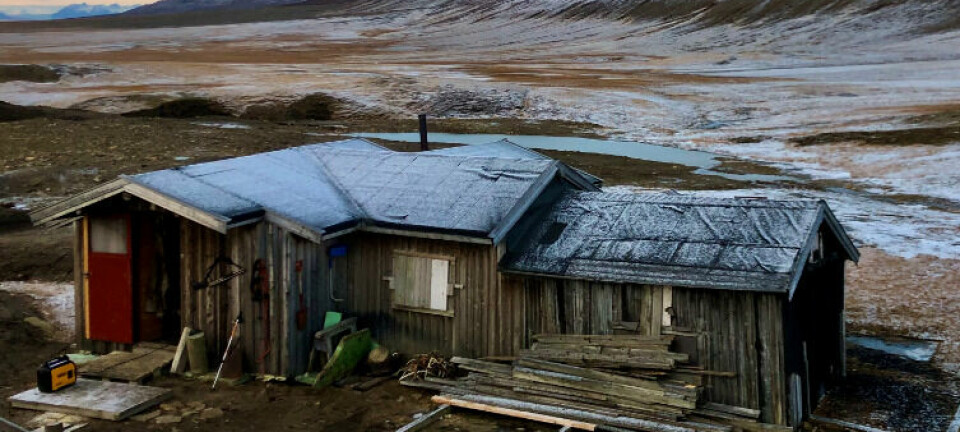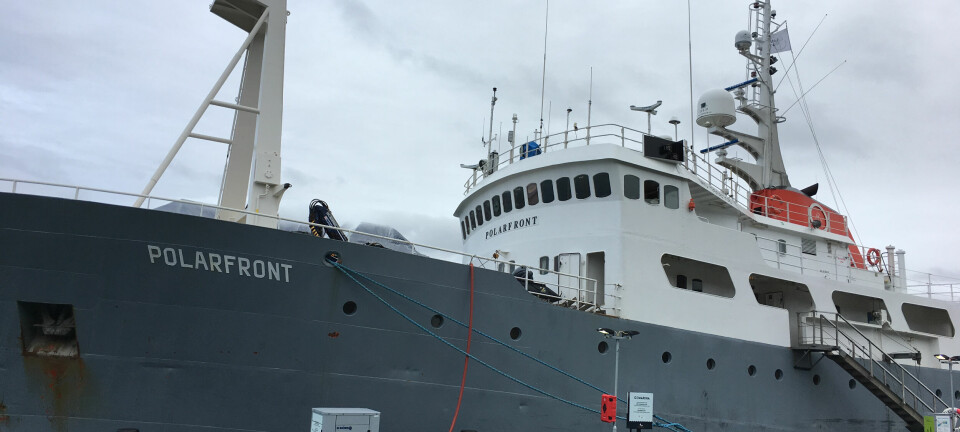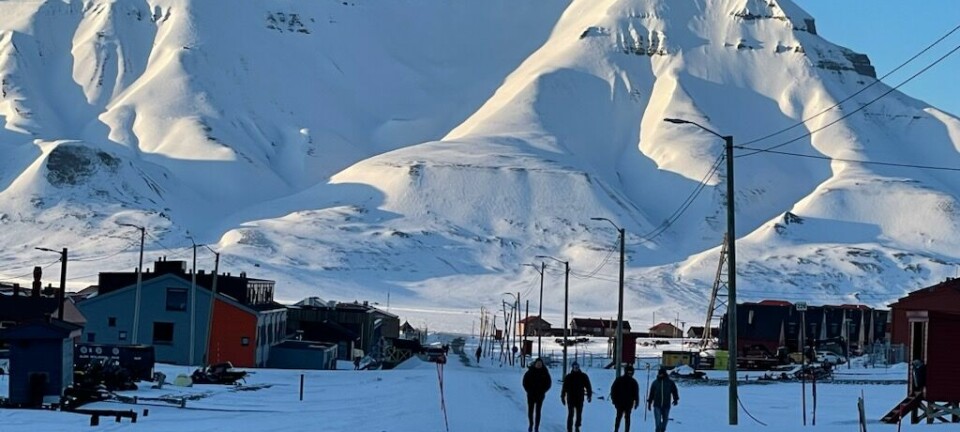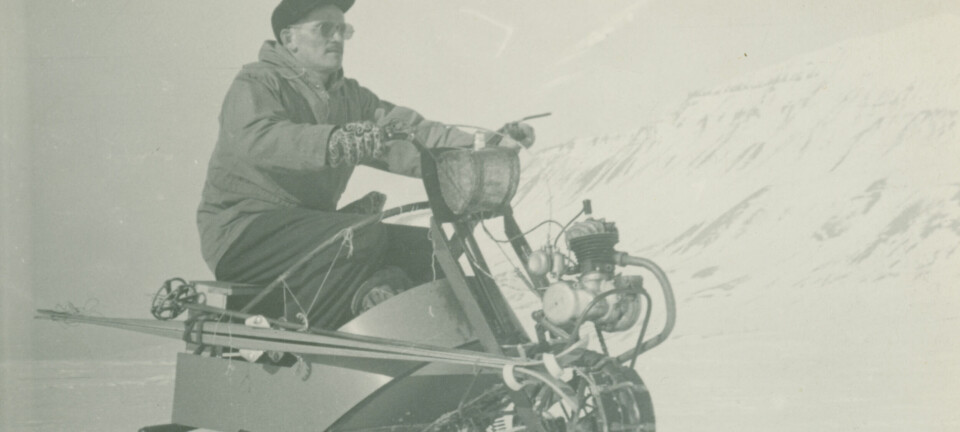Lance may be squeezed out of the ice
UPDATED: Norwegian Polar Institute and Lance, the research vessel prepared to break out and try anew. But now, the winds have changed.
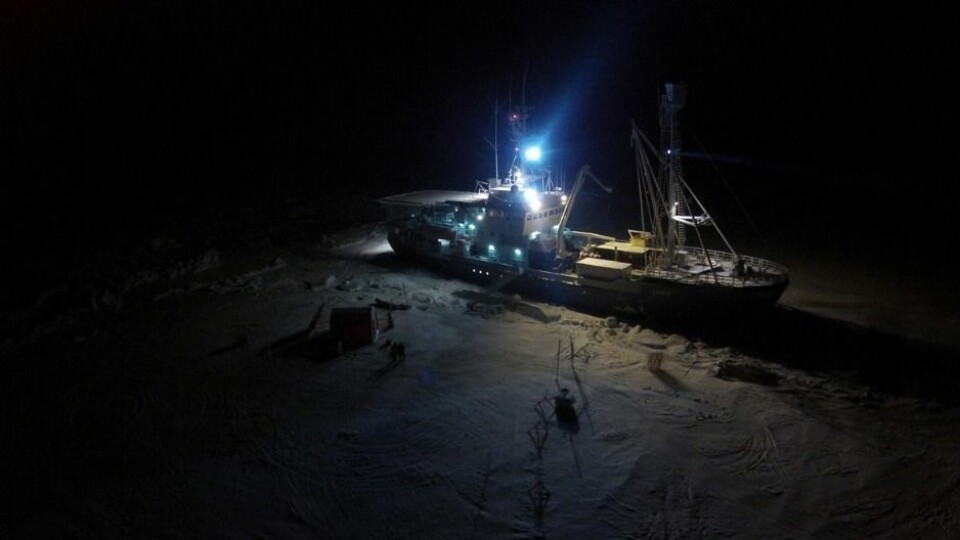
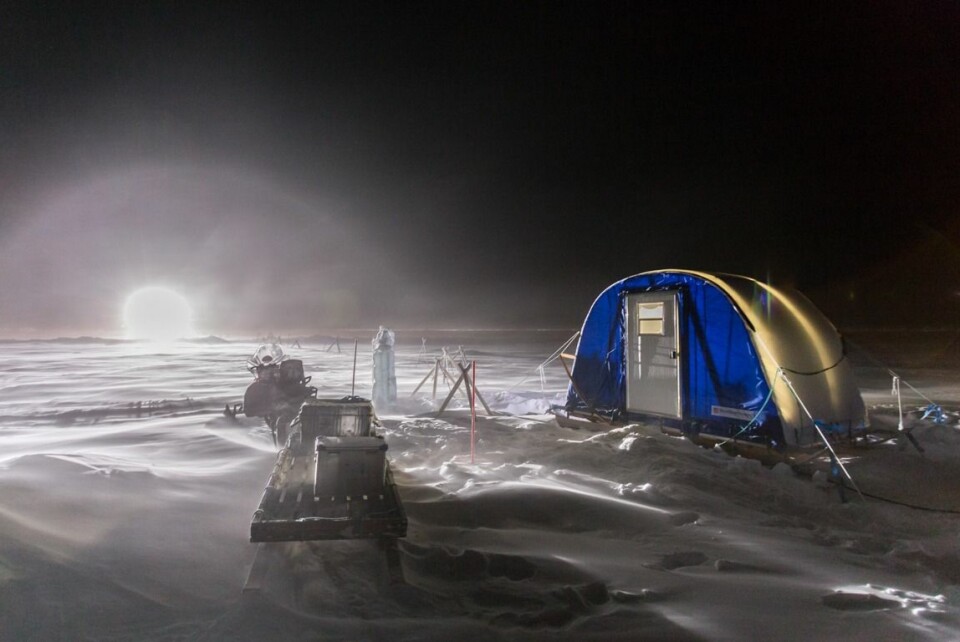
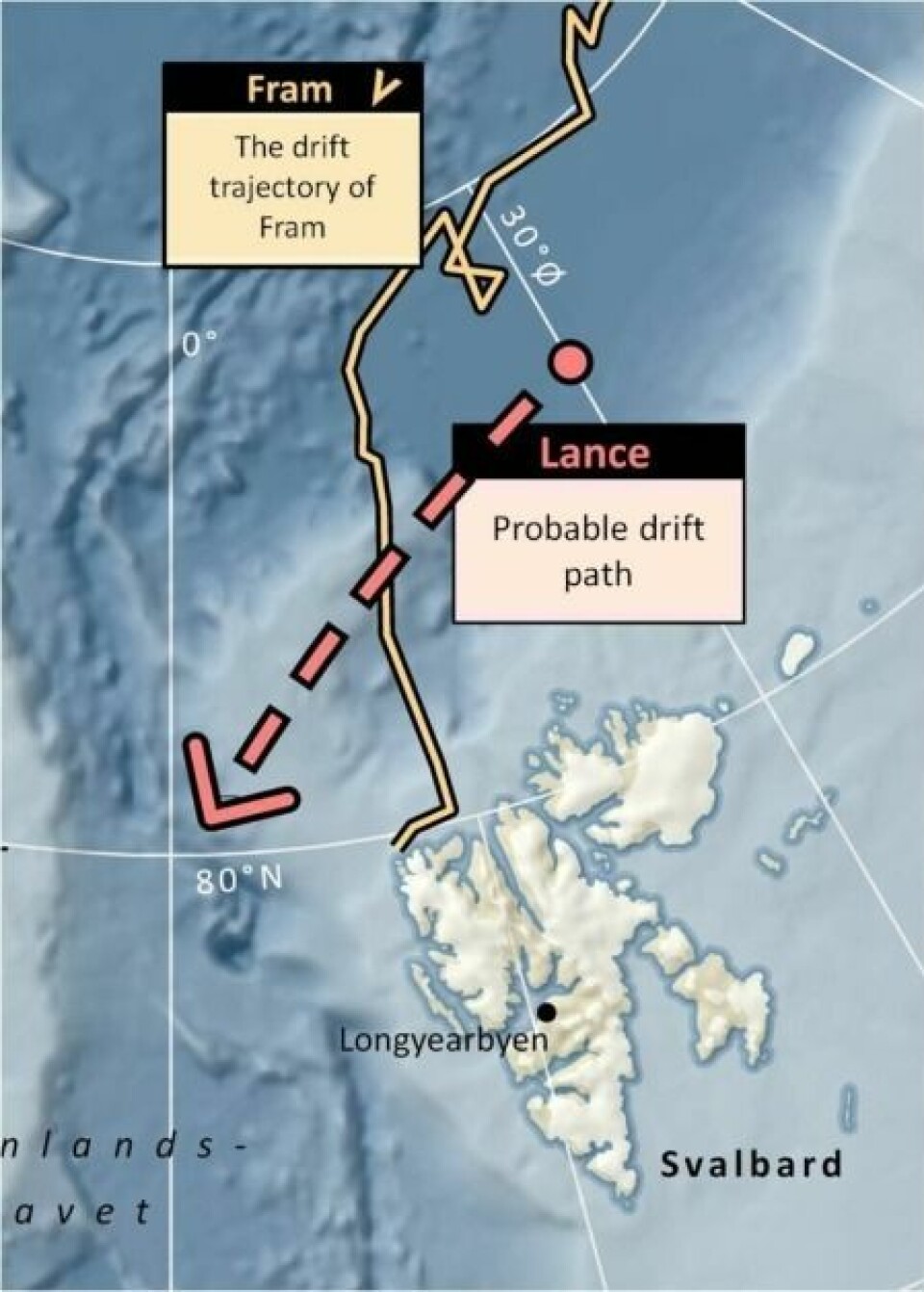
The R/V Lance departed Longyearbyen on Jan. 11, plotting a course north into the sea ice. On Jan. 14, it reached 83.2 degrees latitude north and allowed itself to freeze into the surface while the Norwegian Coast Guard's Svalbard icebreaker deployed sonar devices in a 20-kilometer radius around the science ship. In addition, crew aboard the Lance put out sonar devices to take research-related readings around the vessel and various "laboratories" were established on the ice.
Prestigious voyage
"The ship has worked out just flawlessly," said Harald Steen, the project's manager, in an interview Friday afternoon with Svalbardposten. "The researchers have gotten themselves onto the ice every day there has been visibility and temperatures allowing it. There are only one or two days we have not been on the ice."
The Norwegian Polar Institute's sea ice research voyage, with a budget of 50 million kroner, is one of the biggest projects of its kind under Norwegian guidance, giving it prestige on an international scale.
The Lance has now been frozen in the polar ice for barely a month, and data collection has gone according to plan and the scientists on board have essentially achieved what was on their agendas.
Drifting quickly
But now the ship is at risk of coming out of the ice one month prematurely. The ice – and therefore the ship – are moving with the wind, which lately has been mostly from a northerly direction. The ship is drifting south-southeast and approaching the edge of the ice sheet. As of Saturday morning, the research vessel was at 81.9 degrees latitude north and a decision must be made during the coming days about whether to collect the equipment now deployed on the ice. If so, it is a job that will take several days.
Those on board have been meeting and making preparations, but so far the decision is to allow the labs and equipment to remain. Reassessments are being done continuously.
"We're drifting awfully fast southwards," Steen said. "We have entered a path that is not entirely pleasant. When planning this operation we planned for several drift courses, and we have been unlucky and experienced a storm. It appears that we have moved a long way southwards."
He said he believes the floe the ship is frozen into will hold. In addition, crew and scientists participating in the voyage are expressing faith southerly winds forecast during the weekend will blow the ship in a northerly direction again.
Prepared
The ship is entirely dependent on the elements when it is inside the polar ice. Steen said the shift in the vessel's drift is impressively quick when the wind changes. During the last half of the past week, north winds resulted in drift speeds of up to 0.9 knots – or in excess of 1.66 kilometers an hour.
"It is uncomfortably fast and we had that for several days," Steen said during the satellite phone conversation.
Is it far to the ice edge now?
"No, it's not there now," Steen said. "We have had meetings and made preparations in the event we have to break out and move ourselves."
When heavy seas reach the edge of an ice floe, it breaks the frozen surface up like crackers.
Must find new open channels in the ice
It will not be necessary to end the cruise, however, if the Lance is forced out of the ice. The ship can either try to find a new break in the ice that appears likely to refreeze with the ship in it, or the K/V Svalbard can break a path into a new freezing spot as it did at the beginning of the project. The Lance will seek a location where the drift appears to be constantly going in a northeasterly direction.
When the researchers participated in trial cruise last year, they experienced the challenge of breaking out of the ice faster than planned. They also practiced breakouts and collecting gear as quickly as possible.
Effective temperatures of -60°C
The challenge of a quick collection effort is sonar and other equipment are frozen solid. Therefore, a tightly controlled packing will probably take three to four days. Another challenge is cables break when temperature are near minus 40 degrees Celsius, which the scientists have experienced. With the wind chill, the effective temperature dropped to minus 60 degrees.
"The outdoor activity then is limited to the absolute minimum, with full tarpaulin covers and not many out there," Steen said. "Otherwise, there have been fine working days with a lot of clear weather."
There have been no frostbite cases or accidents on the ship's deck. Logistics are also working well and participants are reporting they've been highly effective during their research time.
The purpose of the expedition is to follow the ice "from cradle to grave."
Onboard are 20 scientists and a crew of ten. The first overlay is scheduled to end next week with a crew change, followed by the ship returning to Longyearbyen in late March or early April. It will then head northward again to spend another three months frozen in the springtime polar ice.
Latest news:
On Sunday, the winds changed, and the ship started drifting northwards.
- Sunday morning we headed north east and the speed increased. At the moment we are cruising at 0.8 knots, project manager Harald Steen wrote on Sunday afternoon.
- If we had continued the same path as the last weeks, we would have been out of the ice in a couple of days, he added.
Translated by Mark Sabbatini
